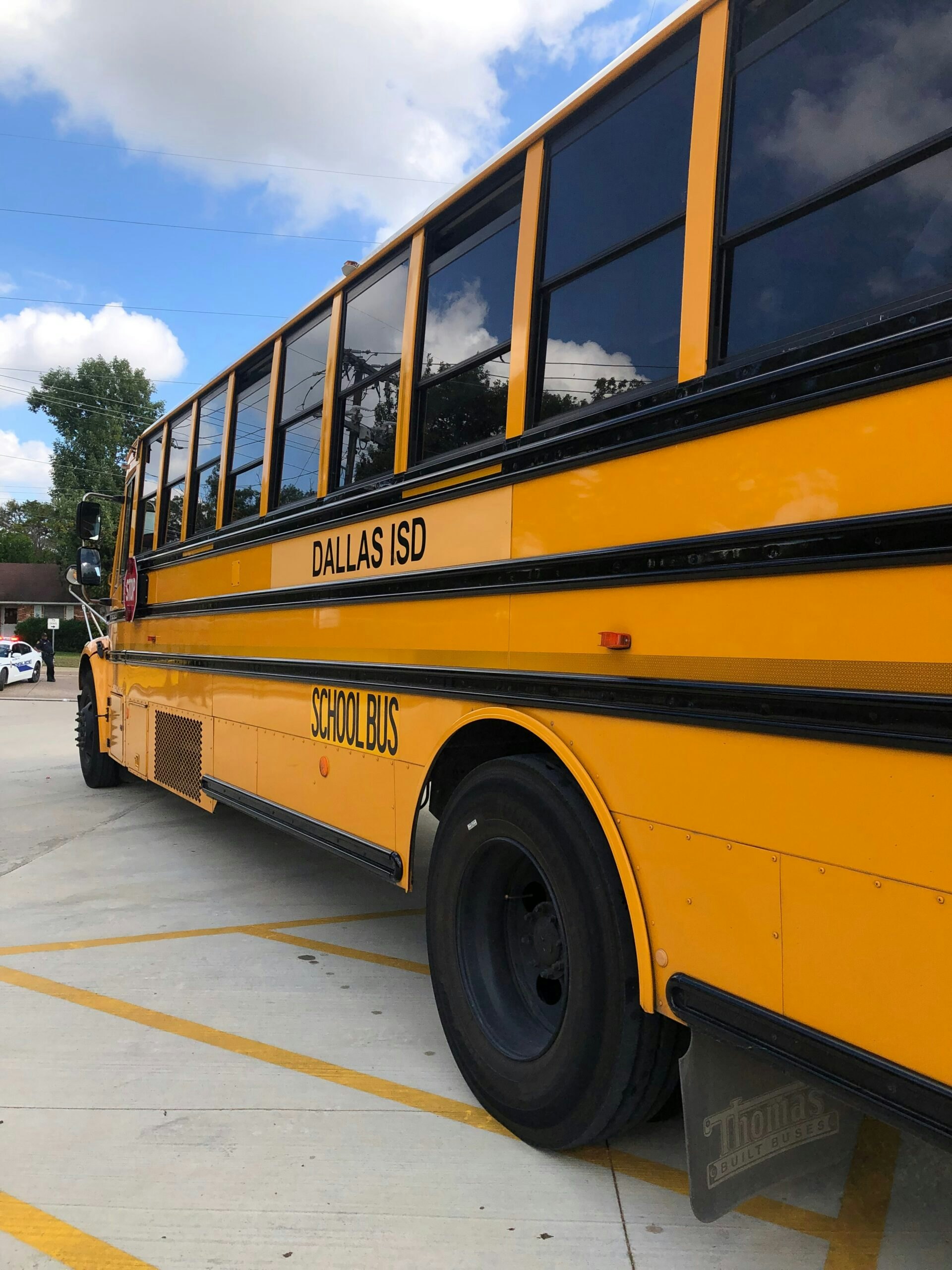The people promoting some of the boldest ideas about higher education's future are coming from within higher education itself.
What is happening in higher education is perhaps no different than the upheavals that have hit such white-collar worlds as journalism, law, and even medicine. The business model is not holding up, just as those other professions have had to adapt their way of serving their customers.
In higher education’s case, the revolution is one that universities need so they can become more relevant to Americans’ lives, especially as more Americans are searching for pathways into the middle class and beyond. By and large, universities are not adapting fast enough, if at all, to new ways of educating students. They are becoming so selective they are missing out on developing the talents of a wider swath of American youth as well as adults. And they are producing highly-specialized knowledge but not doing enough with their knowledge base to solve some of our most intractable problems.
Reformers driving change
Fortunately, these realities are spawning their own literature, drawing attention to the deficits higher education faces and proposing new ways of operating. They also are drawing reformers to the front. The people promoting some of the boldest ideas are coming from within higher education itself.
Arizona State University (ASU) President Michael Crow is an exemplar, even co-authoring a book in 2015 boldly titled Designing The New American University. He has set out to make ASU a pioneer in creating that new university, not just talking about it. Something must be working. In recent years, U.S. News & World Report repeatedly has named ASU America’s most innovative university.
Crow has set his sights on marrying access with quality. One of the most compelling parts of his book is where he identifies the intense selectivity among elite universities. They pride themselves on how few students they admit each year, wearing that selectivity as a badge of honor.
In Crow’s way of thinking, this trend upends higher education’s mission of educating a broad swath of Americans after World War II. “During the three decades following World War II,” Crow and co-author William Dabars of ASU remind us, “growth in undergraduate enrollments, including community colleges, increased fivefold and nearly 900 percent in graduate schools.”
Today, there is a race toward exclusivity, with some universities almost proudly reporting the low percentage of applicants they accept. This penchant for exclusivity is increasing at the same time that America’s demographics are changing, leaving too many students whose families have had little or no exposure to higher education out of the picture. Sure, the brainiest of them will get accepted to the Ivies and top public universities, but the talents of the others may not get developed the way universities prepared so many young Americans in the decades after World War II.
The new American university Crow is trying to create looks different. Arizona State has about 100,000 students, about 30,000 of which are online. The intent, Crow says, is to measure the school’s success by its inclusivity, not its exclusivity. Arizona State, the school’s charter reads, “…is measured not by whom it excludes, but by whom it includes and how they succeed.”
At the same time, the university is intent on delivering quality. ASU is an accredited research university, and prides itself on what Crow calls “an academic platform underpinned by discovery and knowledge production.” And it has an honors college amidst this mega student body. In a recent interview for a forthcoming Bush Institute book, Crow noted this year’s honors college is bigger than the one at Columbia University, where he previously served as executive vice provost.
The research aspect of ASU’s model is key since it attracts top professors and grant dollars. But Crow contends research should do a better job addressing real-world problems. He and Dabars write that as universities have become used to producing novel and abstract knowledge, “academic culture sometimes overlooks the fact that its institutions possess the capacity to give direction and purpose to scientific discovery and technological application to advance desired outcomes or to create useful products, processes, and ideas.”
In other words, they need to speak to contemporary challenges, not just pursue specialized knowledge for knowledge’s sake.
Innovative models
Of course, the cost of college is another reason the business model needs to change. Some argue higher education should be free. But, in a Catalyst essay on reinventing college, my colleague Holly Kuzmich notes the model is not sustainable. Instead, universities need to keep driving innovations the way ASU is doing.
Kuzmich reports on three universities that are reimagining their own work. One is Purdue, where President Mitch Daniels has found enough budget savings to freeze tuition at the Indiana public university. Purdue also purchased Kaplan University and turned that formerly for-profit online university into Purdue Global. It reaches students far beyond West Lafayette, Indiana, and was ranked sixth in U.S. News’ most innovative university list last year.
Another school Kuzmich reports on is Paul Quinn College in Dallas. Through the leadership of President Michael Sorrell, whom Fortune named one of its Top 50 Global Leaders, the historically black college staved off extinction by creating an urban work model.
Paul Quinn places its students in jobs, which count for partial credit, eliminates part of their tuition and fees, and prepares them for a career. As Kuzmich, a former U.S. Department of Education official puts it, “That practical model benefits students and has also put the college on a more sustainable financial footing.”
The third campus she reports on is Georgia State, which finished second on U.S. News’ most innovative list in 2018. The Atlanta university relies heavily on data and analytic measures to track student progress. Writes Kuzmich: “Mark Becker, the university’s president, has put in place a vision for the institution and a plan to ensure that working-class students not only enter the university, but graduate with a degree on time.”
The result has been that the public university’s graduation rate improved 22 percent between 2003 and 2017. And the graduates finish on average a semester earlier, saving them money.
Making college relevant for adults
Peter Smith is another higher education leader who is adding to the reform literature. The former Vermont congressman, lieutenant governor, and state senator has spent most of his career making higher education relevant to students’ lives and futures.
In 1970, he launched the Community College of Vermont to address the needs of his state’s rural students. He later served as president of California State University-Monterey Bay and then as assistant director-general for education at UNESCO. Now, he is professor of innovative practices in higher education at the University of Maryland.
More to the point, his new book, Free-Range Learning in the Digital Age, details how and why colleges need to make learning more personal and innovative. (By way of acknowledgement, Smith served on the board of an organization I worked for in the 1980s.)
The book reports, for example, on schools that are adapting to the needs of adult learners, who often bring a wealth of knowledge and experience that Smith contends higher education needs to better respect. He spotlights several “adult-friendly” colleges that honor those life experiences. They take an adult’s work in an industry, for example, and translate it into some college credit. That way, adults seeking a college degree to gain more mobility don’t have to start off as freshmen and take a school’s formal four-year program.
The schools he highlights include the Vermont community college he started almost five decades ago and the University of Maryland’s University College, where he teaches. But they also include such institutions as Rio Salado College and Southern New Hampshire University.
Rio Salado, an Arizona community college, prides itself on focusing on the needs of students, not the institution. Chris Bustamente, the school’s president, puts it this way in the book:
“Sometimes you only have one shot. Having finally gotten their nerve up to come to the college, we better have people ready to serve the learner and attempt to meet their needs.”
Southern New Hampshire accepts more than 90 percent of its applicants and graduates about half of them. You may have seen its advertisements on television. The school bills itself as “Flexible. Affordable. Achievable.”
Smith also looks at closer alignment between college courses and the requirements the workforce demands. As he writes, employers are realizing some students were ready to graduate but not ready to work.
Perhaps not all the ideas of these reformers will hold up over time or apply to every university. But the point is they are rethinking the traditional university model. As they do, they are finding fresh ways to get more students the postsecondary education they need for jobs and careers that will tap their talents and increase their economic mobility. Once that happens, the nation will benefit, too. We will be on our way to growing a stronger middle class.




























